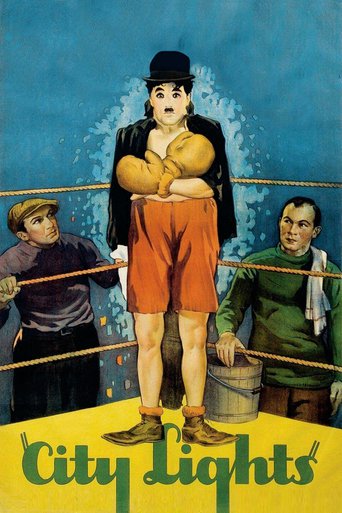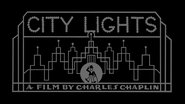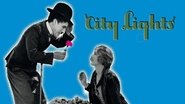Bryan Bjerke
You're probably deciding to watch this because it's in the Top 250 movies of all time. Let me tell you that it totally deserves its spot at #25 for Top Rated English Movies. I'm not a huge fan of Charlie Chaplin or silent movies in general, but this one surprised me. It was funny, but yet had a serious tone at the same time. My only wish is that the ending would've had more to it. It wasn't a bad ending by any means, I think it's just me wanting to see more since the movie was so good. Just do yourself a favor and watch it already!
may90-319-801397
City Lights (1931) is not only Charles Chaplin's great achievement but it also happens to be one of my top ten favorite films of all time. The emotion and effort that Chaplin put into this film cannot be recreated or matched by anyone. A classic tale about the Little Tramp giving up his livelihood for the benefit of others. Filmed during the height of the Great Depression the situation of life in America has never been caught like this before.The Tramp is hoboing around town doing whatever odd jobs he can find. One day during one of his outings he meets an attractive woman who has an eye sight problem. Smitten, the Tramp vows that she'll see once again. So, he does whatever he has to do to get this young woman to see. He befriends a wealthy drunkard after he saves his life. The problem is that he only recognizes him when he's sloshed out of his gourd. What really moves this film is the great lengths that the Tramp will put his body through for love. When the final scene is shown, you'll understand why many people (including myself) have called this one of the greatest films ever made. Pure magic.
Djayesse
This is certainly one of the most sensual films of all time. Chaplin turned in it a festival of senses. - Smell: no real reference, but something puzzles me when the elephant crosses the screen (and the street). - Taste: this is a film where they eat a lot. They eat spaghetti in the restaurant; they eat at the rich man's house; the tramp eats his lunch; and of course, he brings food to the girl. - Hearing: she hears him passing by, although he tries to be silent. Then she (thinks she) hears him leave in the car. When the statue is revealed, people are talking in a microphone. But we do not understand a thing. Only the tone of the voices are recognizable: a low tone for the man, a high-pitched tone for the woman. This was also the occasion to make fun of the talkies, Chaplin remaining a silent movie director. Nevertheless, Chaplin uses sounds to increase his comical effects: when he swallows spaghetti, or blows against his will the whistle, the boxing gong... - Touch: this is the sense of communication for the girl. This is how she knows who she is talking to. This is also by touching him that she realizes that he is the man who looked after her. The first time she meets him, she touches his jacket put a flower in his buttonhole. This is also the same thing she does when they finally meet. She wants to give him a flower and money, but he refuses. By touching, one last time, his jacket, she recognizes him, and is filled with emotion (who would not be?). - Sight: the most important sense, of course. First, we watch. And what do we watch? A blind girl. She has an empty look when we meet her. When he talks to her, he cannot help miming his words. Of course, it is for us spectators that he makes all these gestures. But he is also very enthusiastic when he talks, so he has to mime everything he says. And when he leaves her, he cannot help spying on her through the window, standing on a barrel. Finally, their last look at each other is one of the most moving I have ever seen. She is sad (is she disappointed?), he seems half-sad/half-annoyed by this situation.Anyway, this film is also a great love story (like in most Chaplin movies). This little man will do whatever he can for the girl he loves. He will even steal - and go to prison - for her. But this is an impossible love. They will not end together. Indeed, when they finally meet, her first reaction to this tramp is mockery. She laughs at him with the other girls. She even offers him money. You cannot love someone you pity. The other reason this ending is quite sad is the role of the flower. This nice flower suddenly dies in his hands. As he realizes she has changed, the petals are falling. This flower, symbolizing their relation (a link between past and present), is no more. He is not what she expected. They do not belong to the same world.Last, their final discussion (which we do not hear): "You can see now. - Yes, I can see now." There is definitely a double meaning in these words. No luck for him. Unfortunately.








